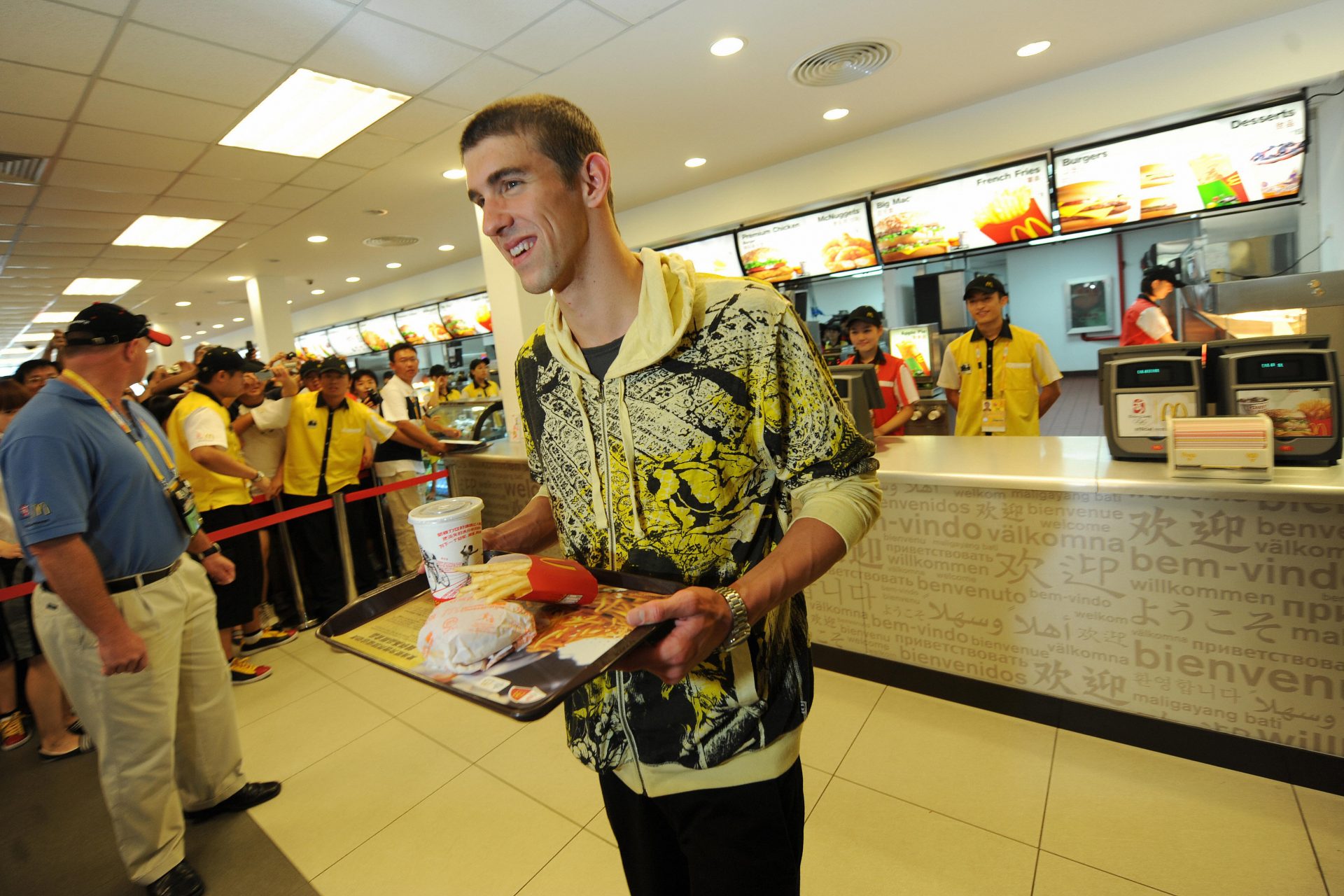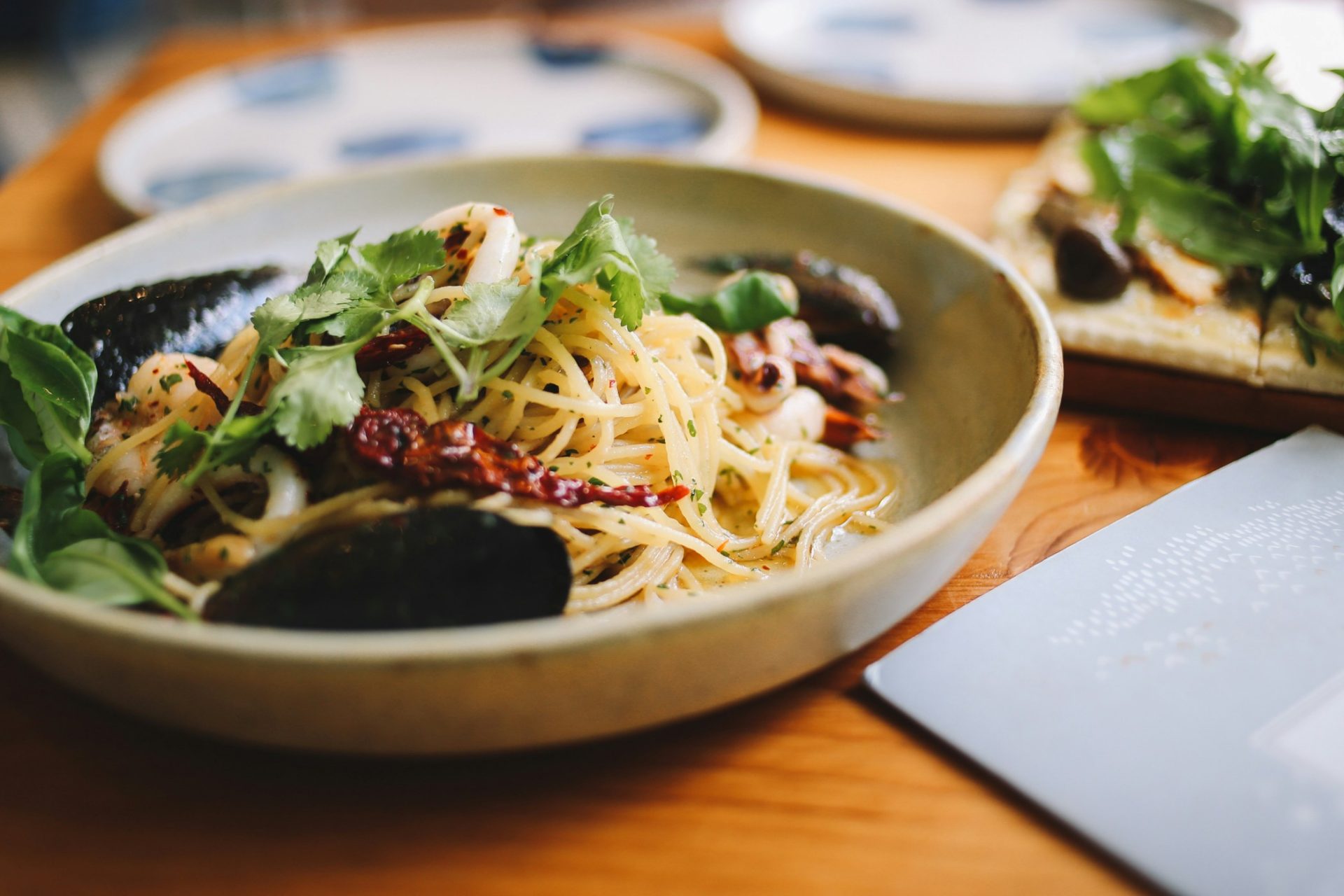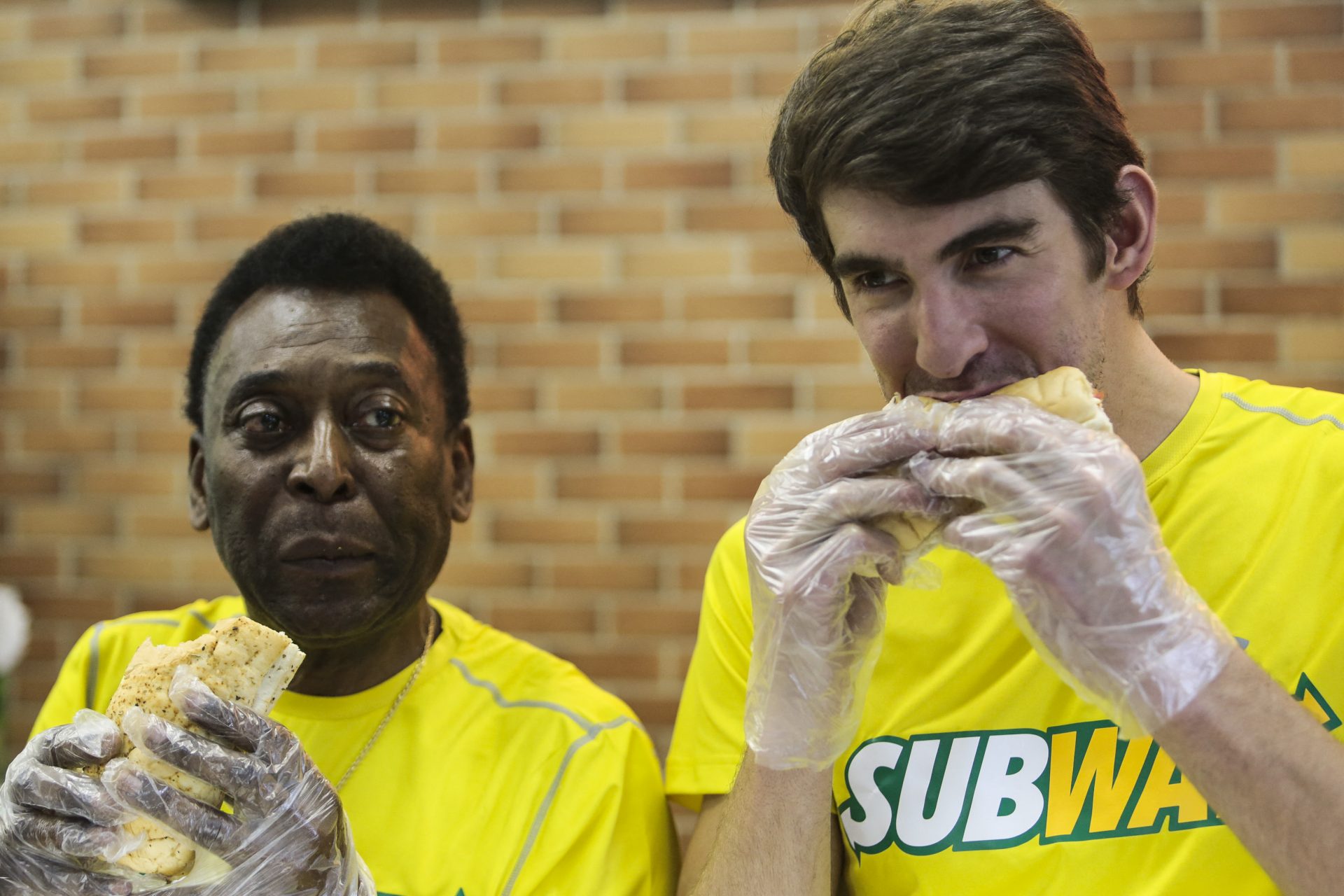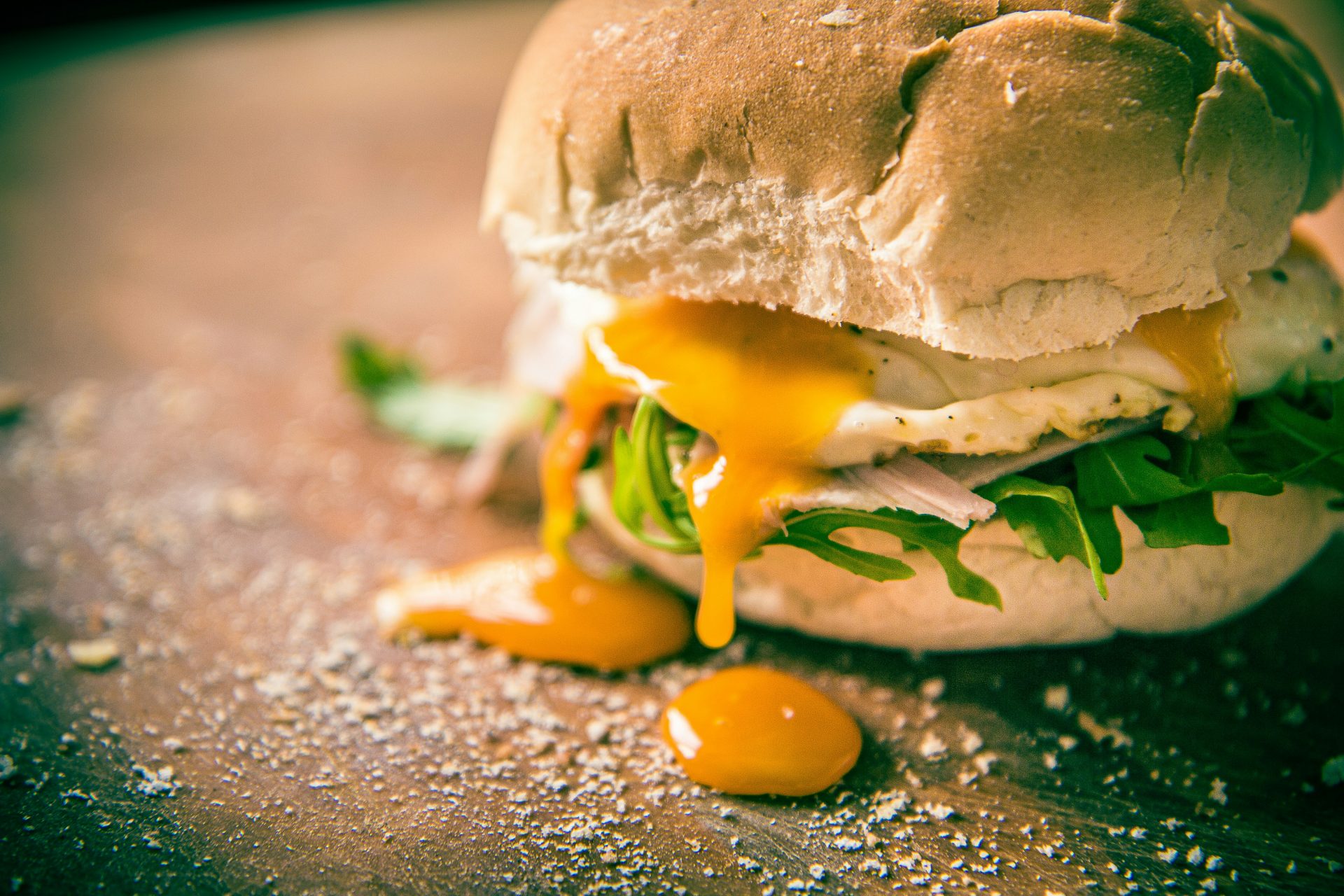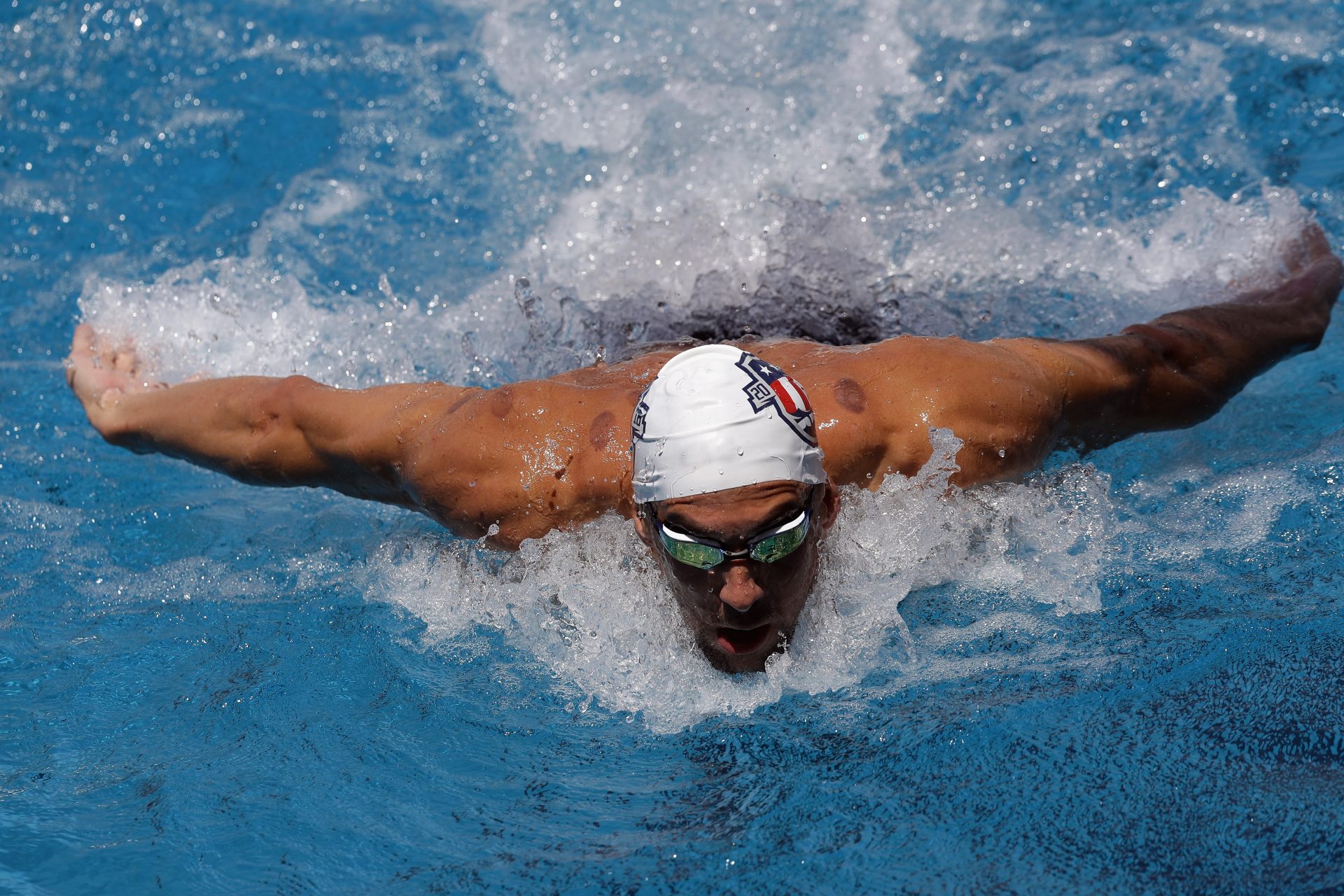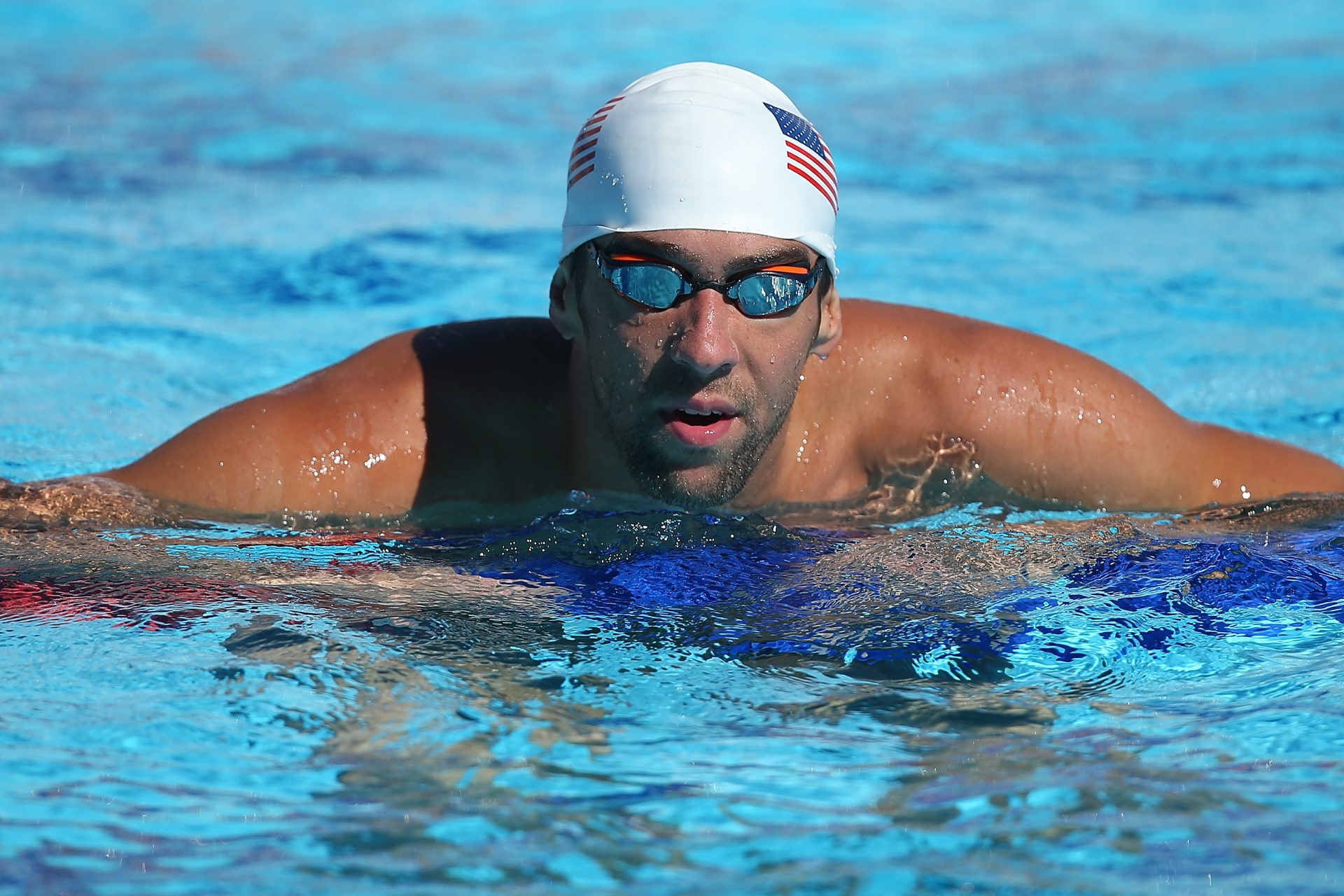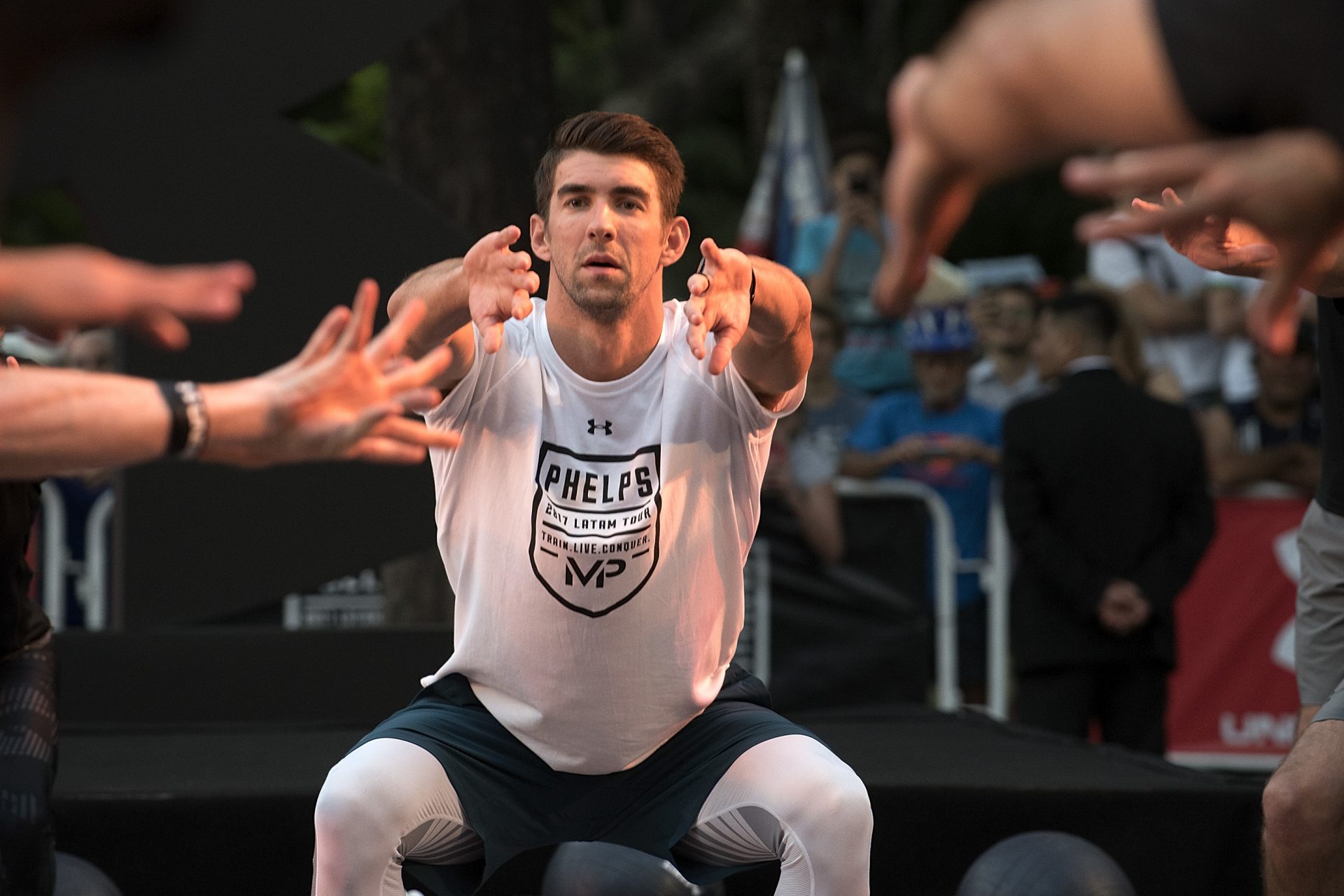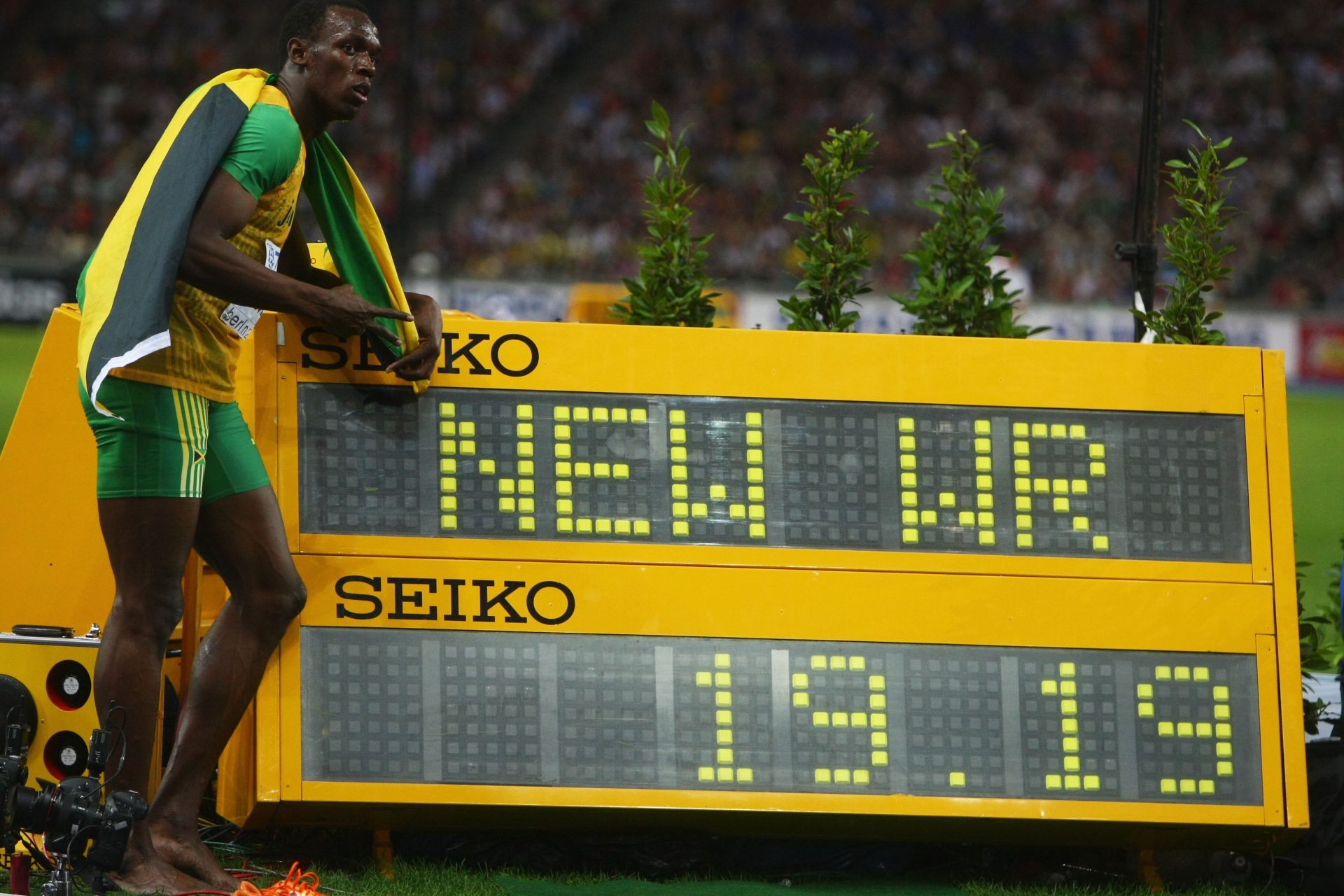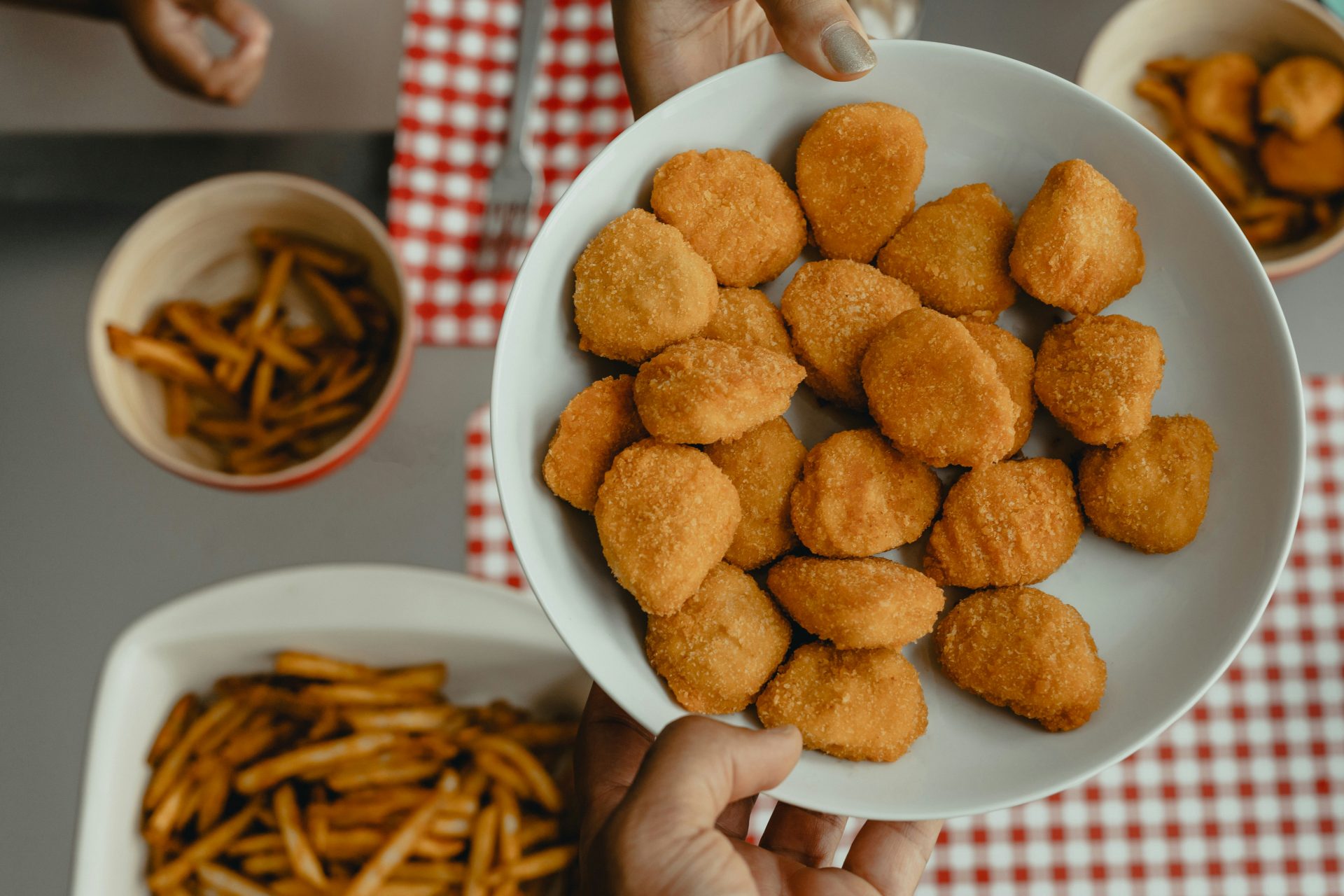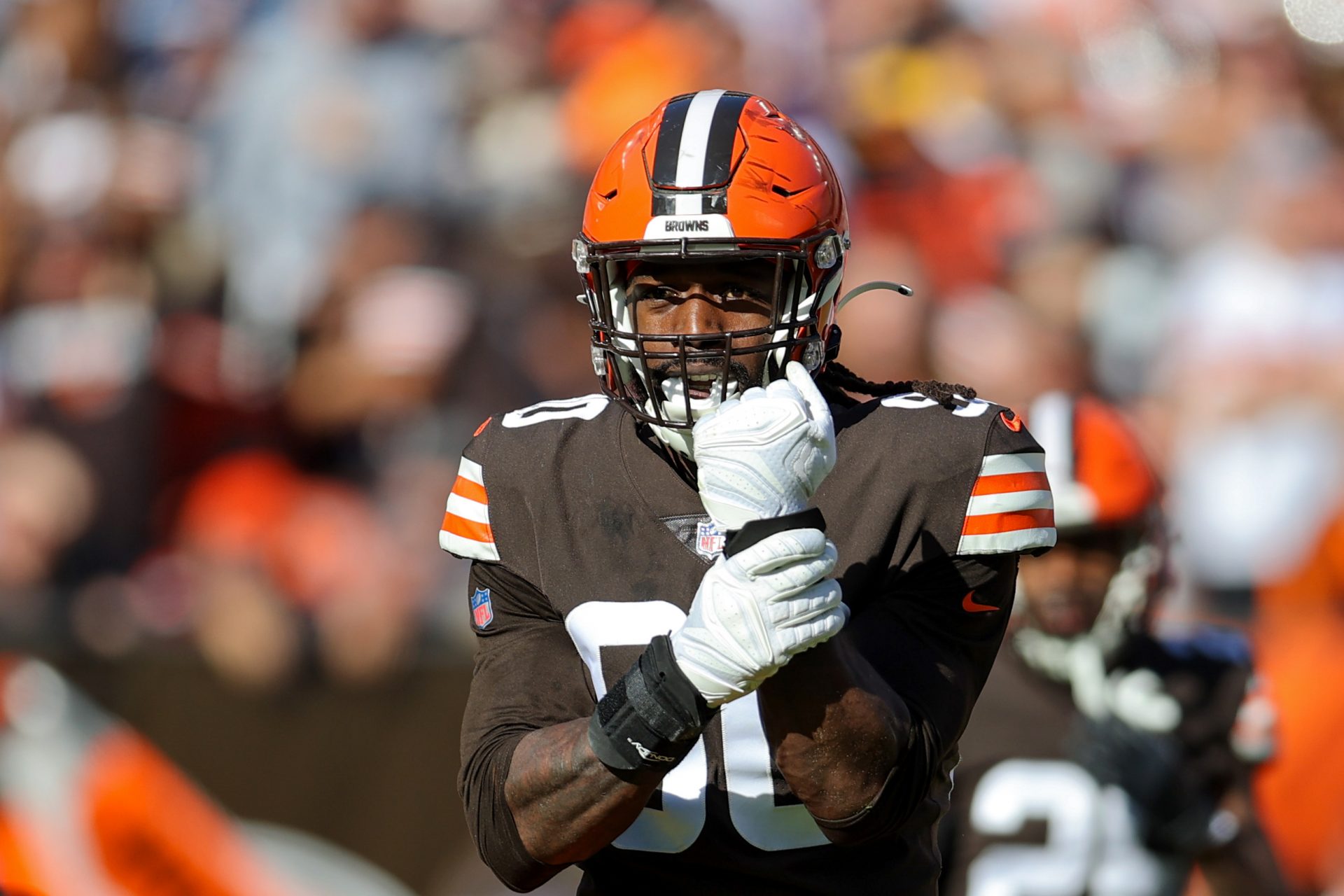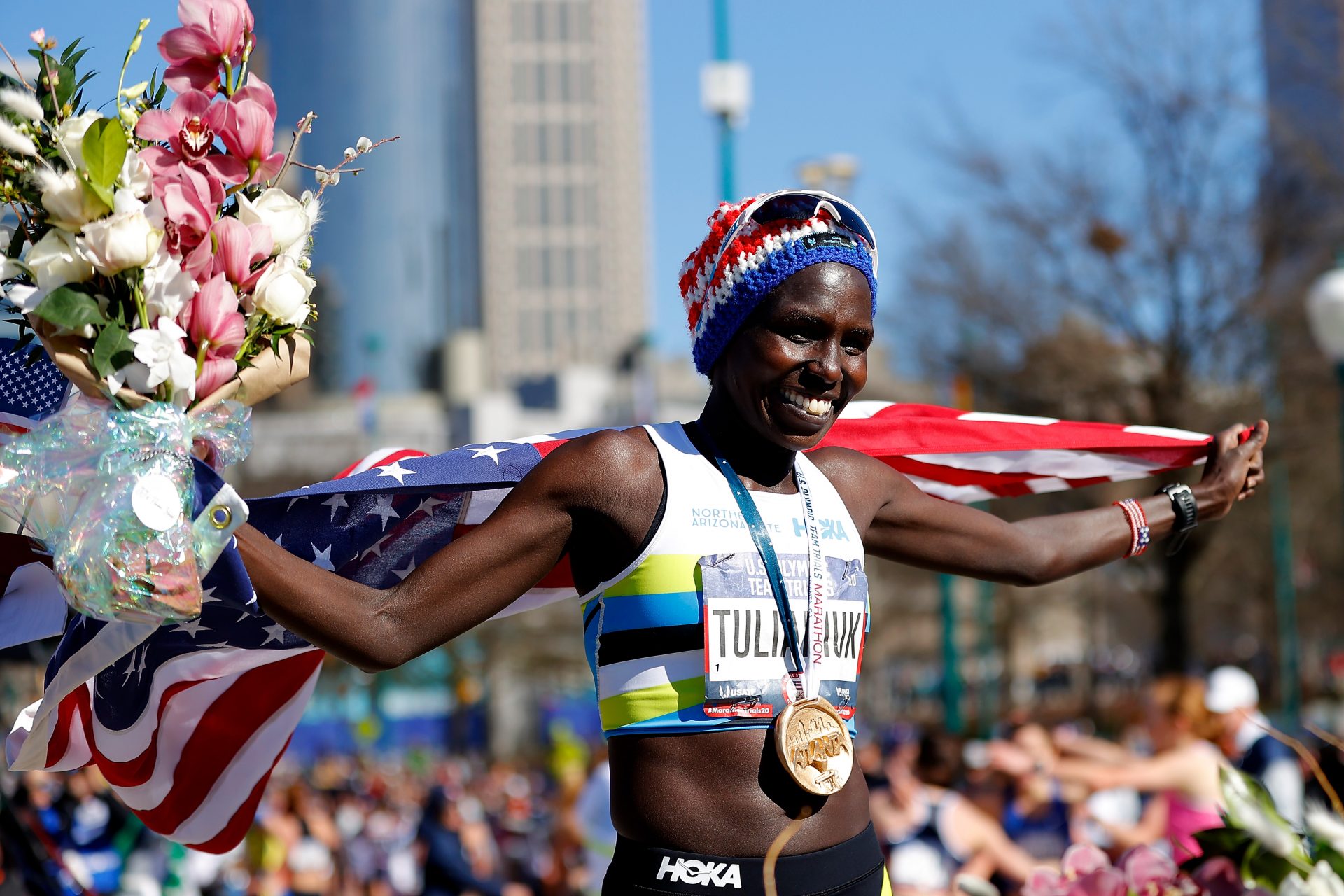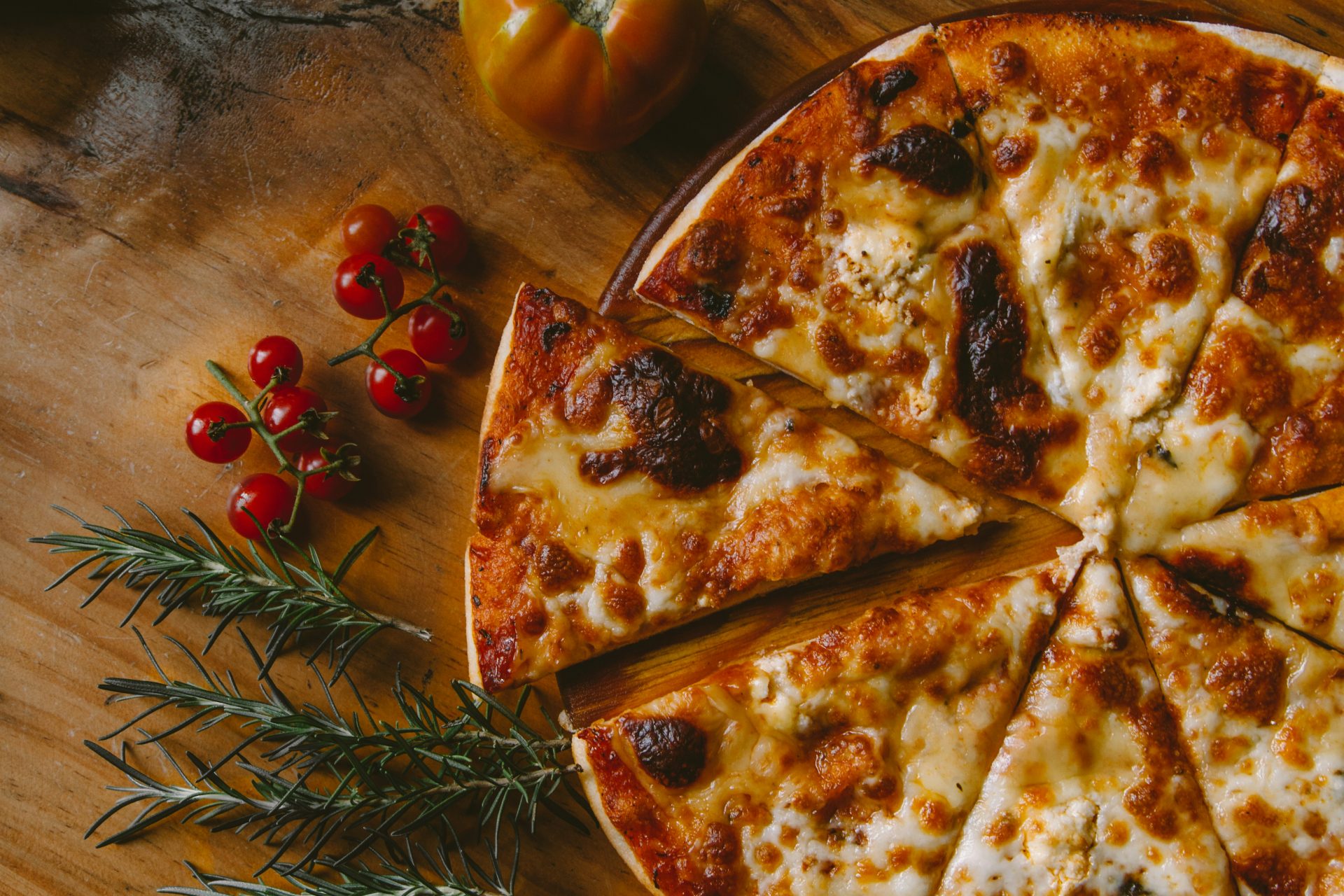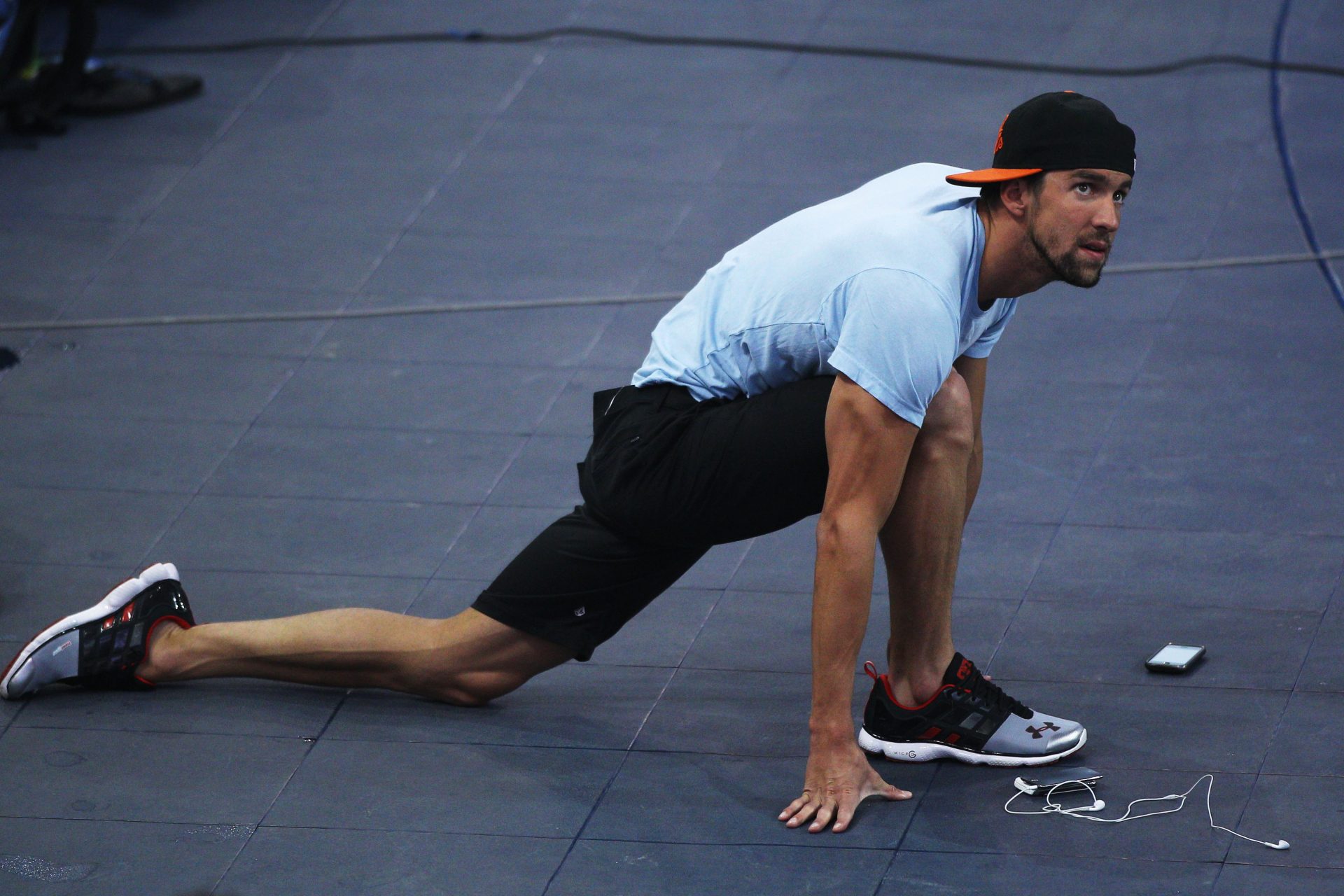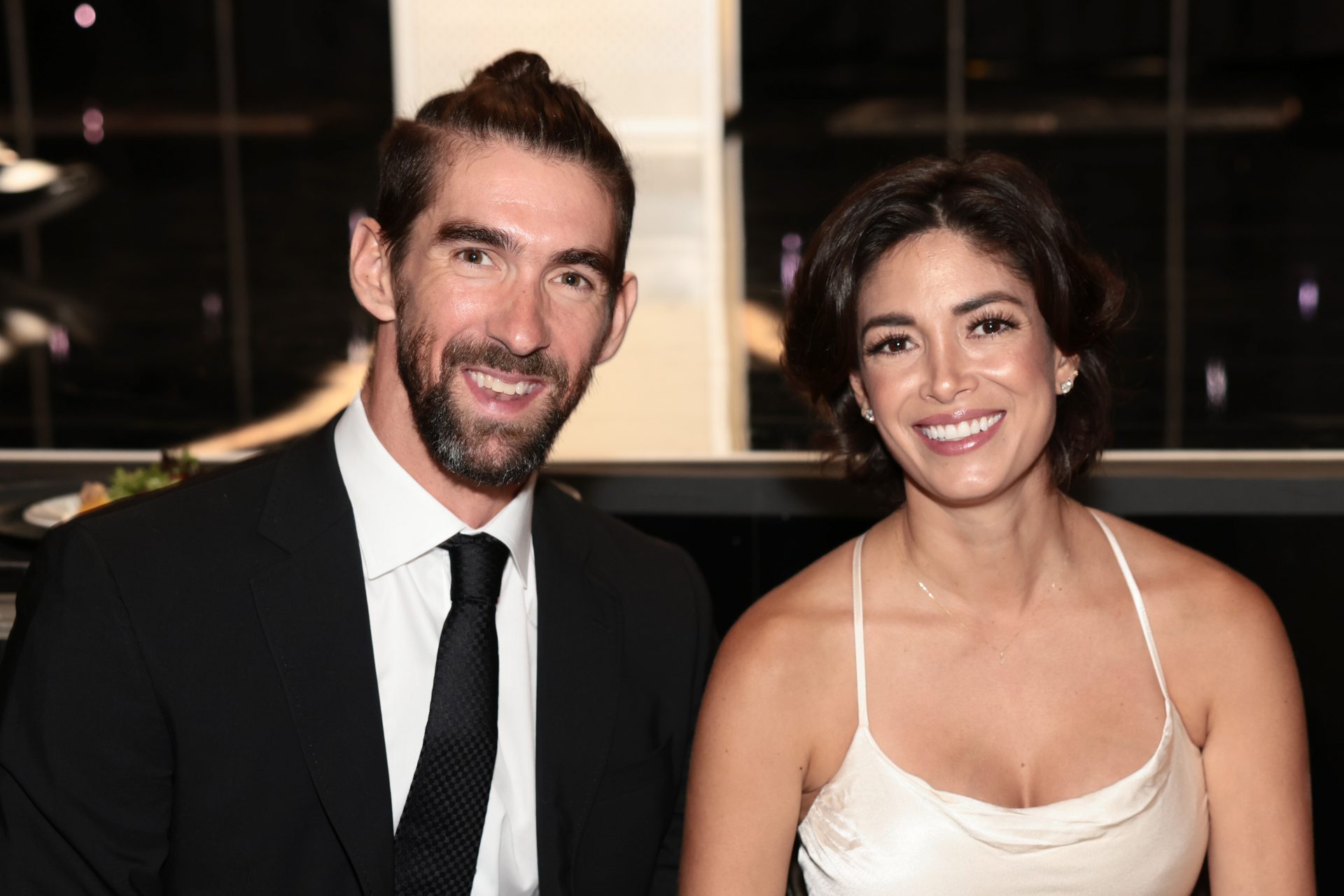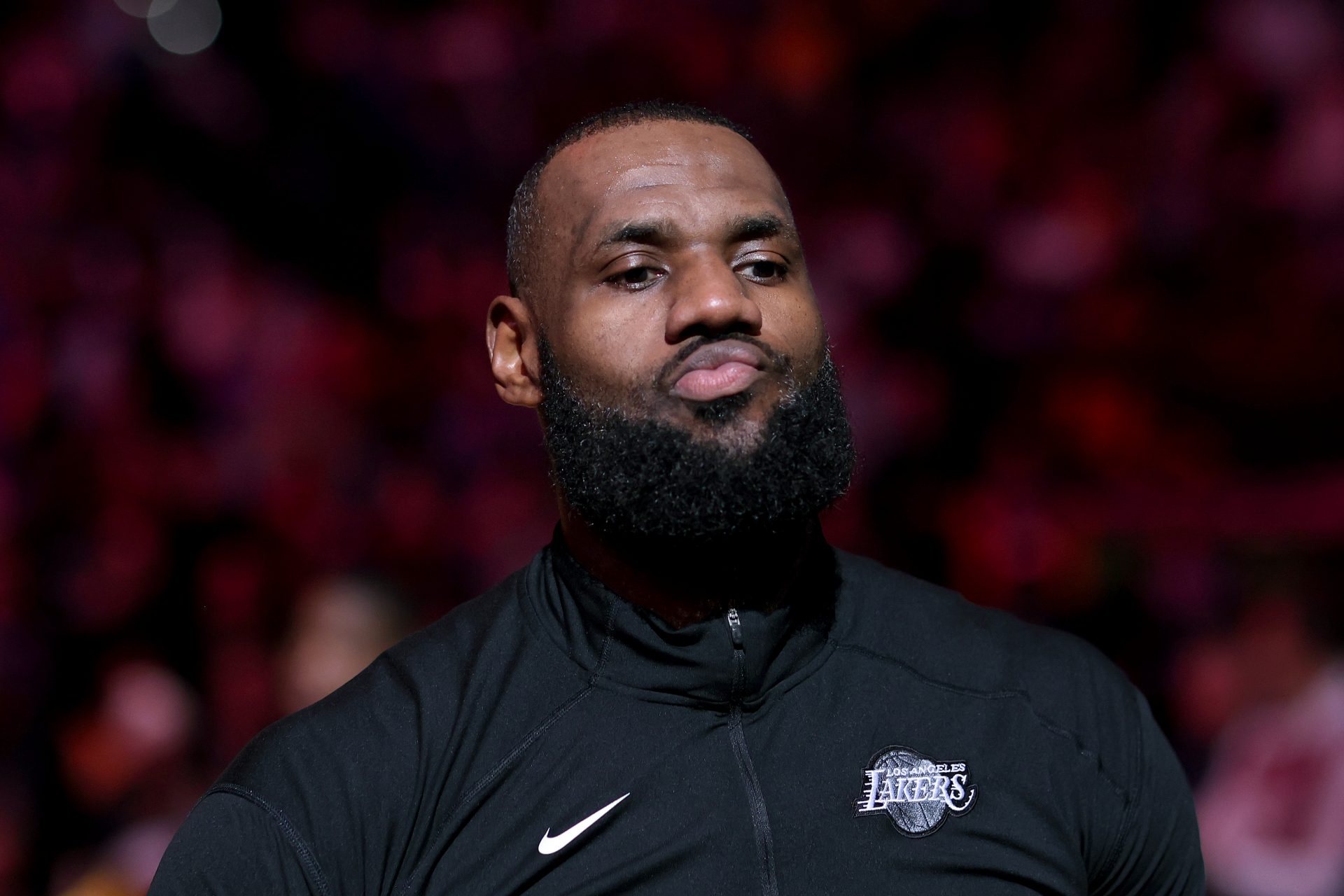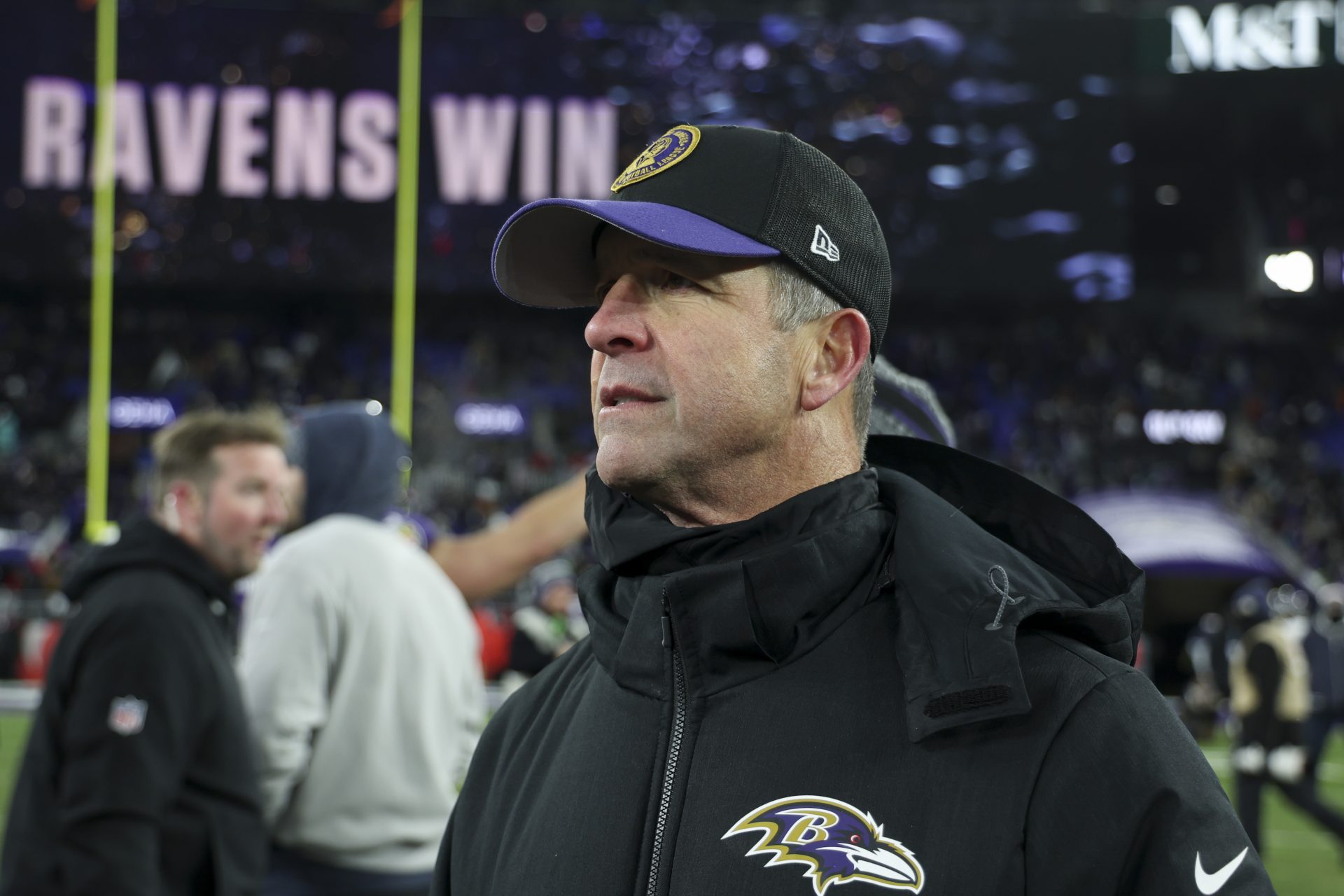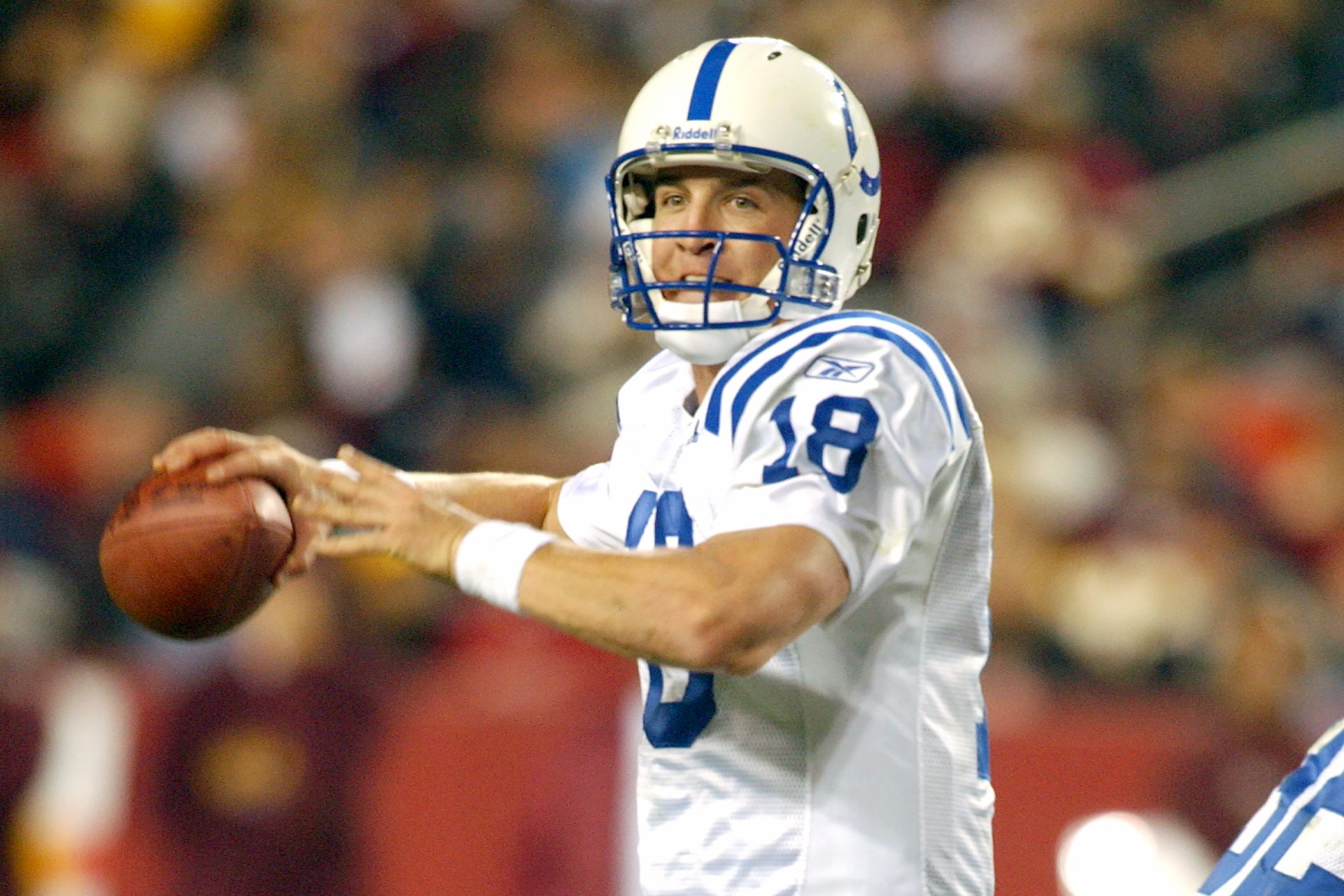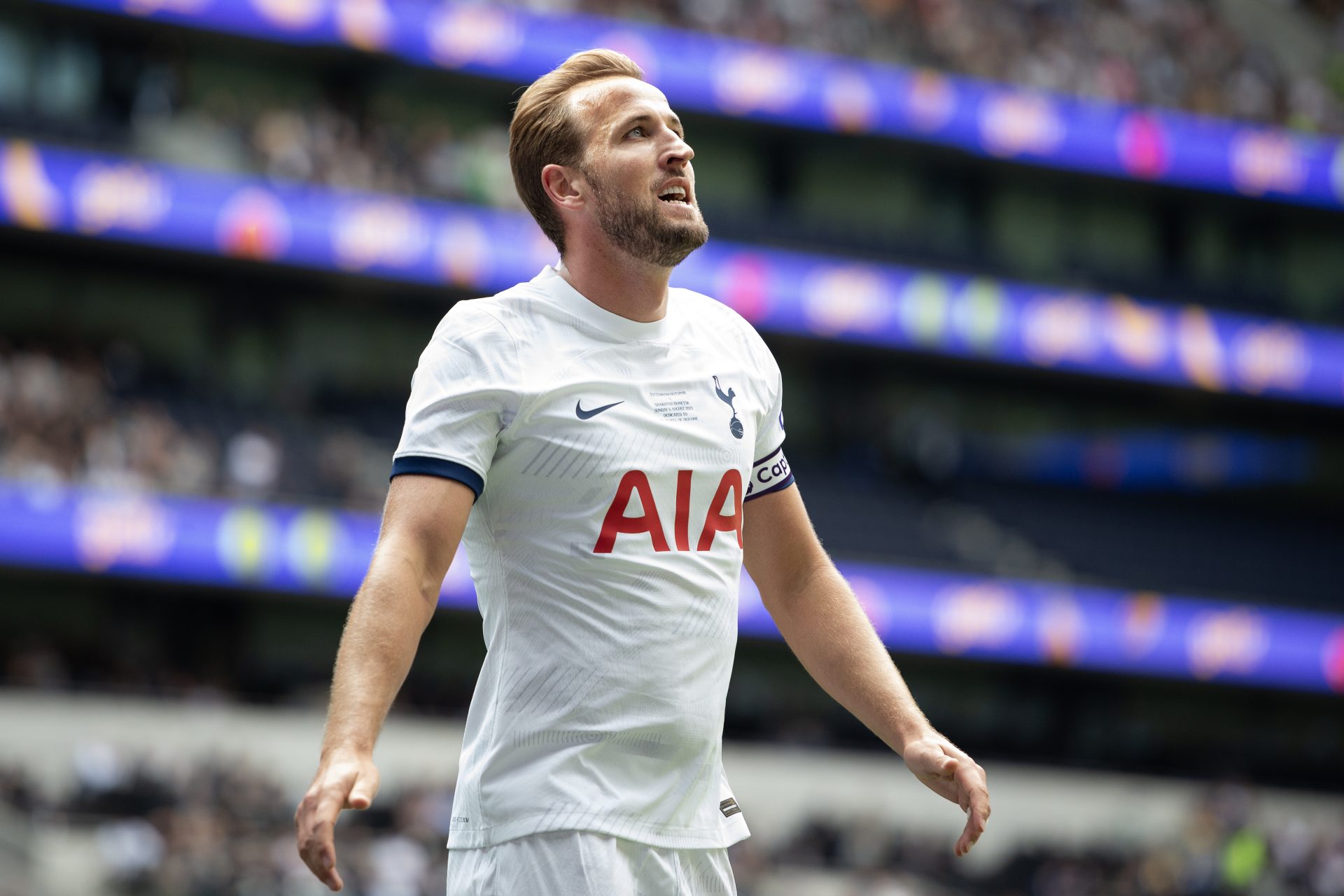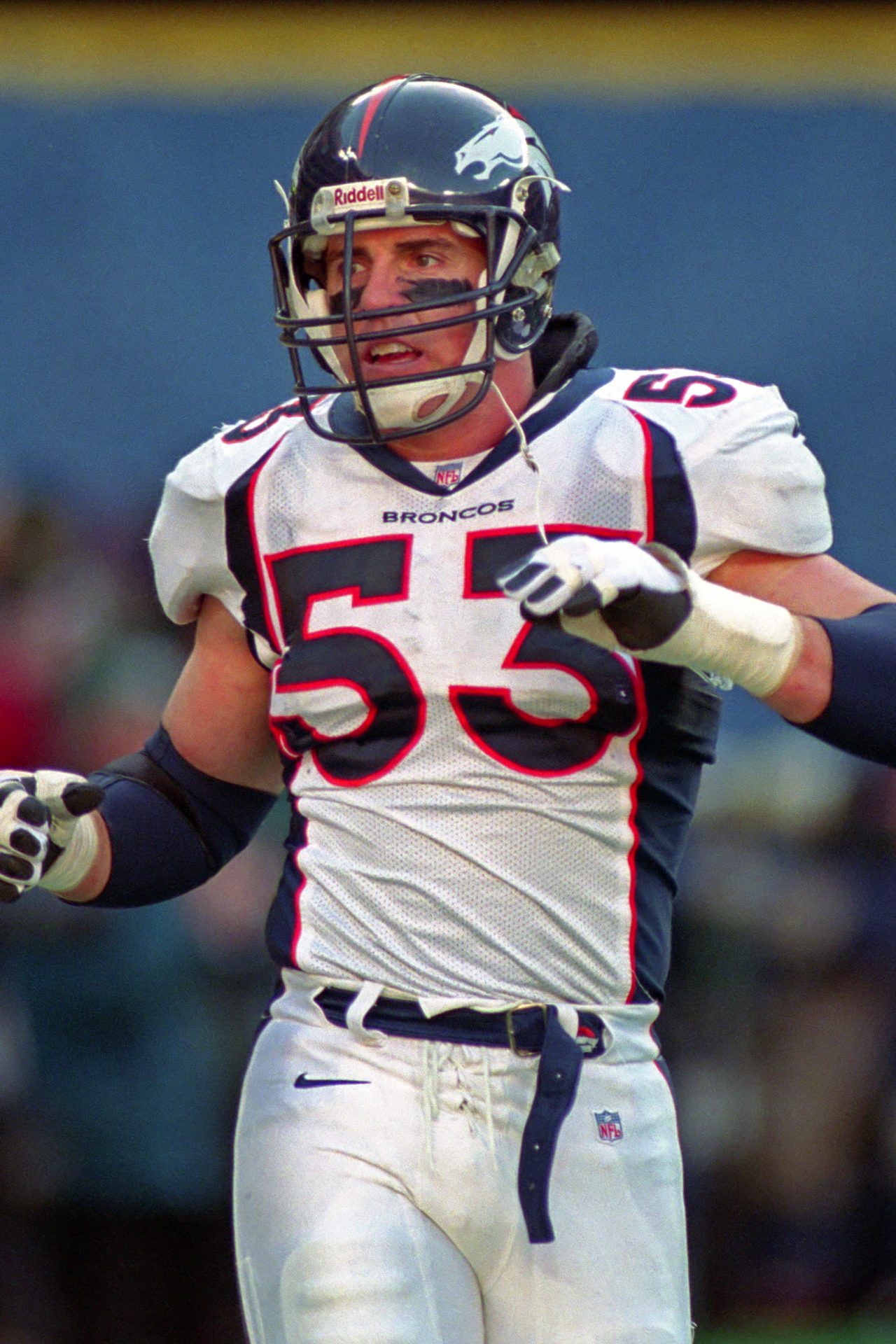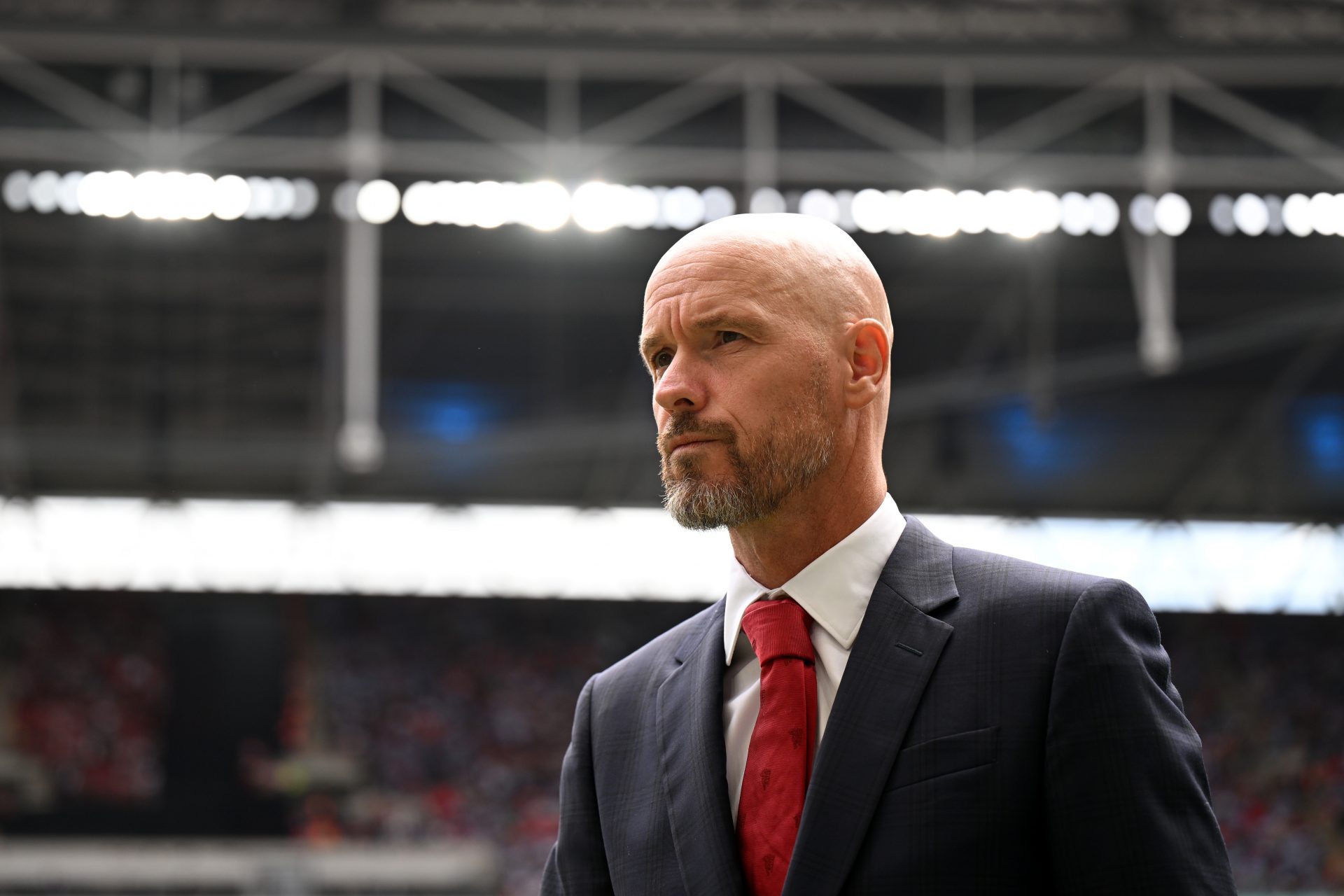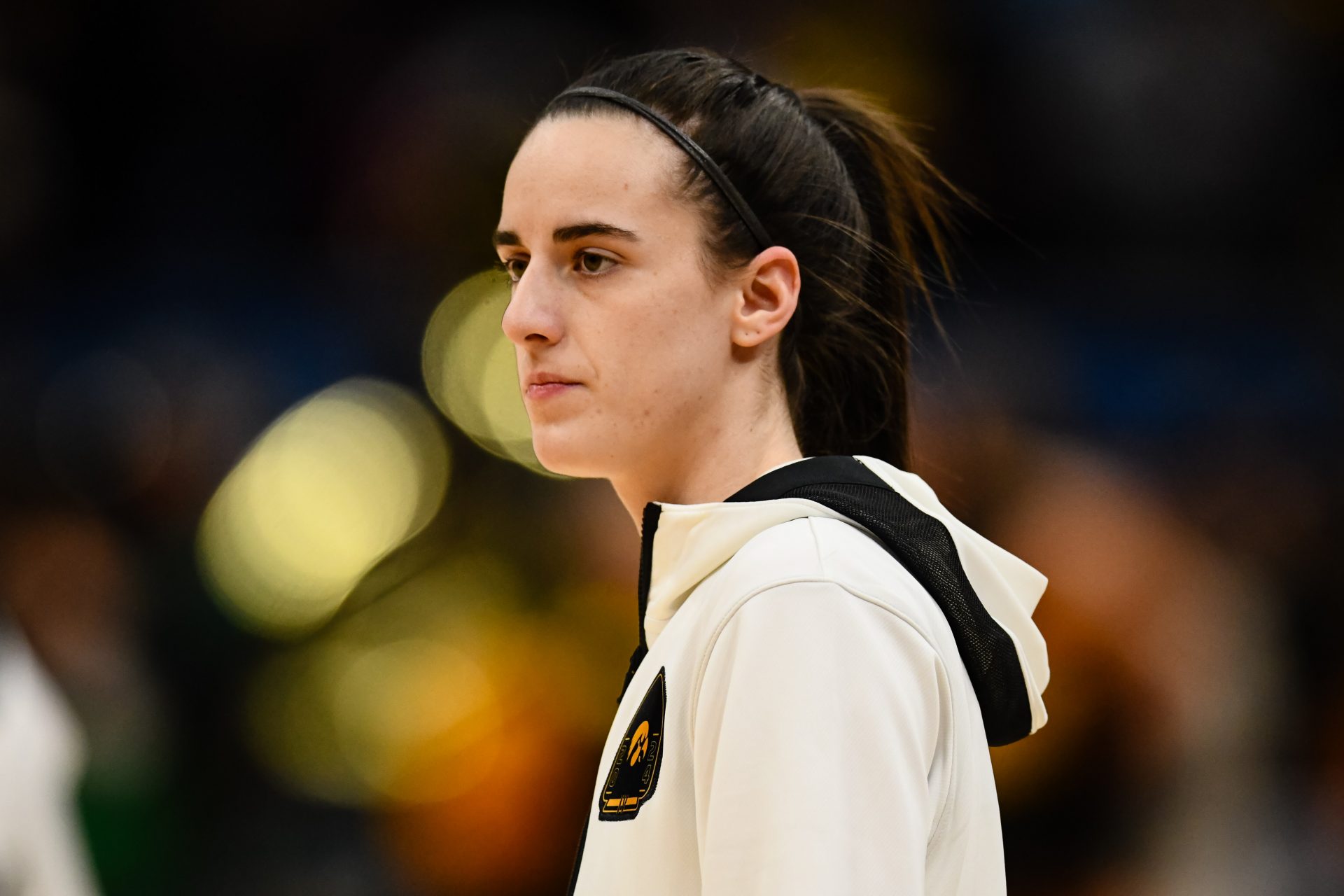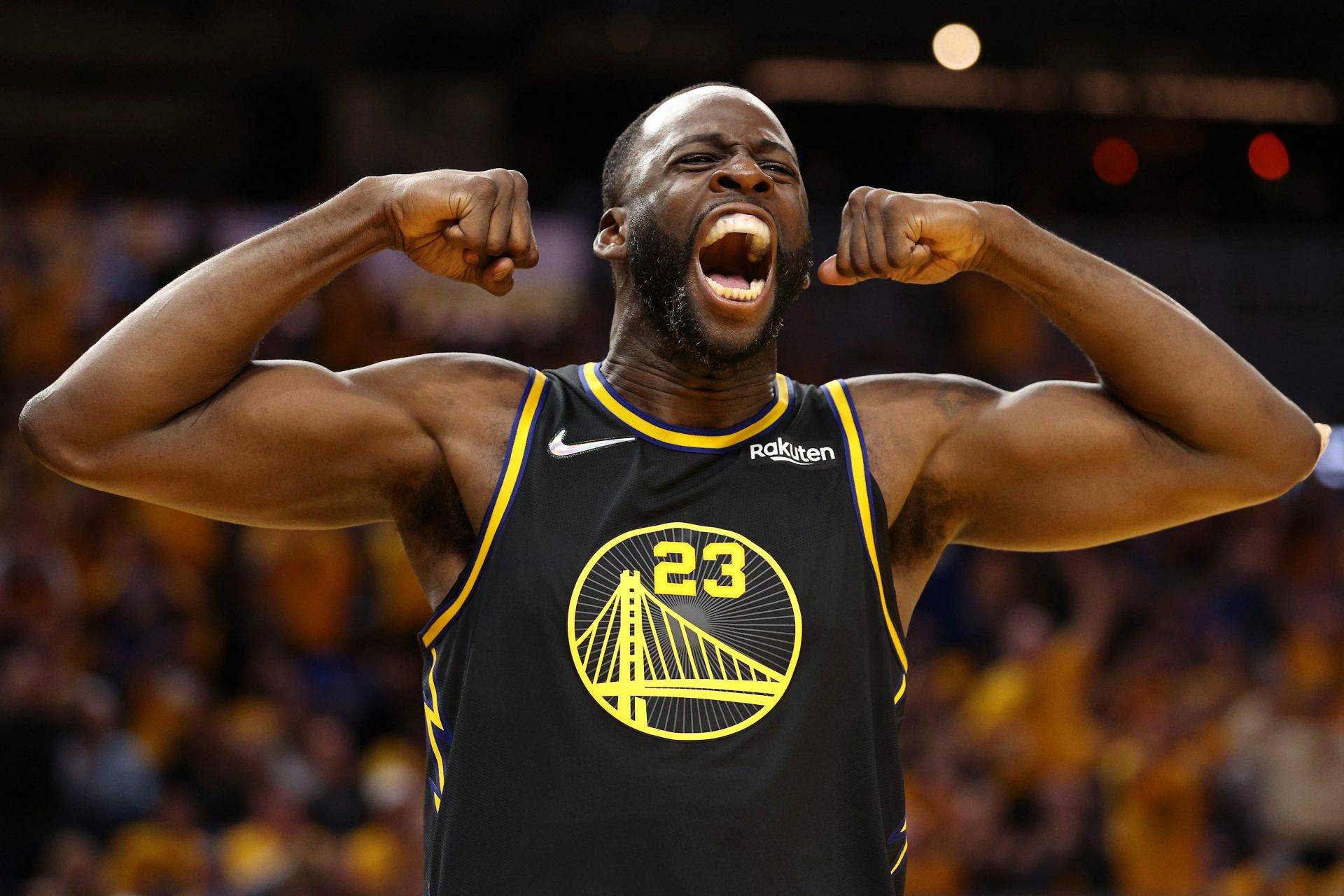Michael Phelps and his mind-blowing 10,000-calorie-a-day diet
When we think of athletes and their diets, Michael Phelps – the most decorated Olympian in history – is often the first that comes to mind. Famous not just for his 23 Olympic gold medals, but also for his notorious 10,000-calorie-a-day diet.
As a result, Phelps has become a symbol of extreme sports nutrition. Let’s dive into the deep end and see what makes Phelps' diet so extraordinary.
To put Phelps' 10,000 calories into perspective, the average recommended daily intake for a moderately active adult male is around 2,500 calories. That’s right – Phelps was consuming the equivalent of four days’ worth of food in just one day.
Photo credit: Carissa Gan on Unsplash
Want to see more like this? Follow us here for daily sports news, profiles and analysis!
While most of us struggle with the classic conundrum of “Do I really need that fourth second slice of pizza?”, Phelps' diet was akin to a never-ending pizza buffet, with side orders of pasta, sandwiches, and energy drinks.
Imagine starting your day with three fried egg sandwiches loaded with cheese, lettuce, tomatoes, fried onions, and mayonnaise, followed by a five-egg omelette, a bowl of grits, and three slices of French toast topped with powdered sugar. For most of us, that would be a week's worth of cheat meals. For Phelps, it was breakfast, as recorded by the Olympic’s official website.
Photo Credit: Rob Wicks on Unsplash
Phelps didn’t indulge in this Herculean diet because he fancied himself a food connoisseur with a penchant for extravagant breakfasts. His daily training regimen was the true driver behind his dietary needs. At his peak, Phelps swam approximately 13 km a day (8 miles), training for around six hours per day, six or seven days a week – yes even Sundays!
Swimming, unlike many other sports, is a full-body workout that burns a huge amount of calories. According to Swimming World, it's estimated that elite swimmers can burn up to 1,000 calories per hour. With Phelps’ intense training schedule, it’s no wonder he needed such a substantial caloric intake to fuel his body.
Not only was Phelps’ training grueling in duration, but it also involved a mix of high-intensity interval training, strength conditioning, and long-distance endurance work. This combination required an immense amount of energy, which he obtained through his infamous diet.
Compared to Phelps, other athletes seem like they’re on a perpetual diet. For instance, Usain Bolt, the fastest man on earth, reportedly consumed about 5,000 calories a day during his peak training periods, according to nutritionist Mireia Cervera.
That’s half of what Phelps was ingesting, yet still double the average person’s intake. Bolt’s diet included a mix of protein and carbohydrates, with a notable fondness for chicken nuggets and Jamaican dumplings.
Photo Credit: by Tyson on Unsplash
NFL players also consume large amounts of food, with some linemen taking in upwards of 6,000 calories a day, as covered by Newsweek. Their diets are protein-heavy to build and maintain muscle mass, but still fall short of Phelps’ monumental intake.
Want to see more like this? Follow us here for daily sports news, profiles and analysis!
Marathon runners, despite their intense training, usually stick to a diet of around 3,000 to 4,000 calories per day. They focus on complex carbohydrates to fuel long runs and avoid excessive protein, which can be harder to digest during endurance activities.
Let’s not forget the fun side of Phelps’ diet—the sheer volume and variety of food. While the average person might see a dietician to cut down on unhealthy foods, Phelps’ diet seemed to include everything but the kitchen sink. His pre-Olympics regimen became the stuff of legends, with pizza, pasta, energy drinks, and even chocolate-chip pancakes making regular appearances.
Photo Credit: Ivan Torres on Unsplash
Since he retired in 2016, Michael Phelps has obviously not needed to train in the same way, so his diet has changed dramatically. He spoke to GQ in 2022 about his new life and stated that he now works more on HIT workouts and his diet centers more on vegetables and smoothies.
“Post-retirement it’s challenging to eat sometimes. Think about this: For 25 years, eating was a part of my job, it was a part of my profession. Because of that, I have a deep understanding of what my body needs. I’m not trying to plow food into my system now. It’s different,” he said.
“After I retired I put on 30 to 35 pounds to end up at just under 230. It was a significant body change for me, and I knew that I had to get back into some kind of routine. When I did clean up my diet, I saw a significant change in how I felt – I've reminded myself of that time and time again. I was seeing more clearly in all aspects of my life, and didn’t feel like a blob.”
So there you go, the Michael Phelps diet really isn’t for everyone – even Michael Phelps.
Want to see more like this? Follow us here for daily sports news, profiles and analysis!
More for you
Top Stories



